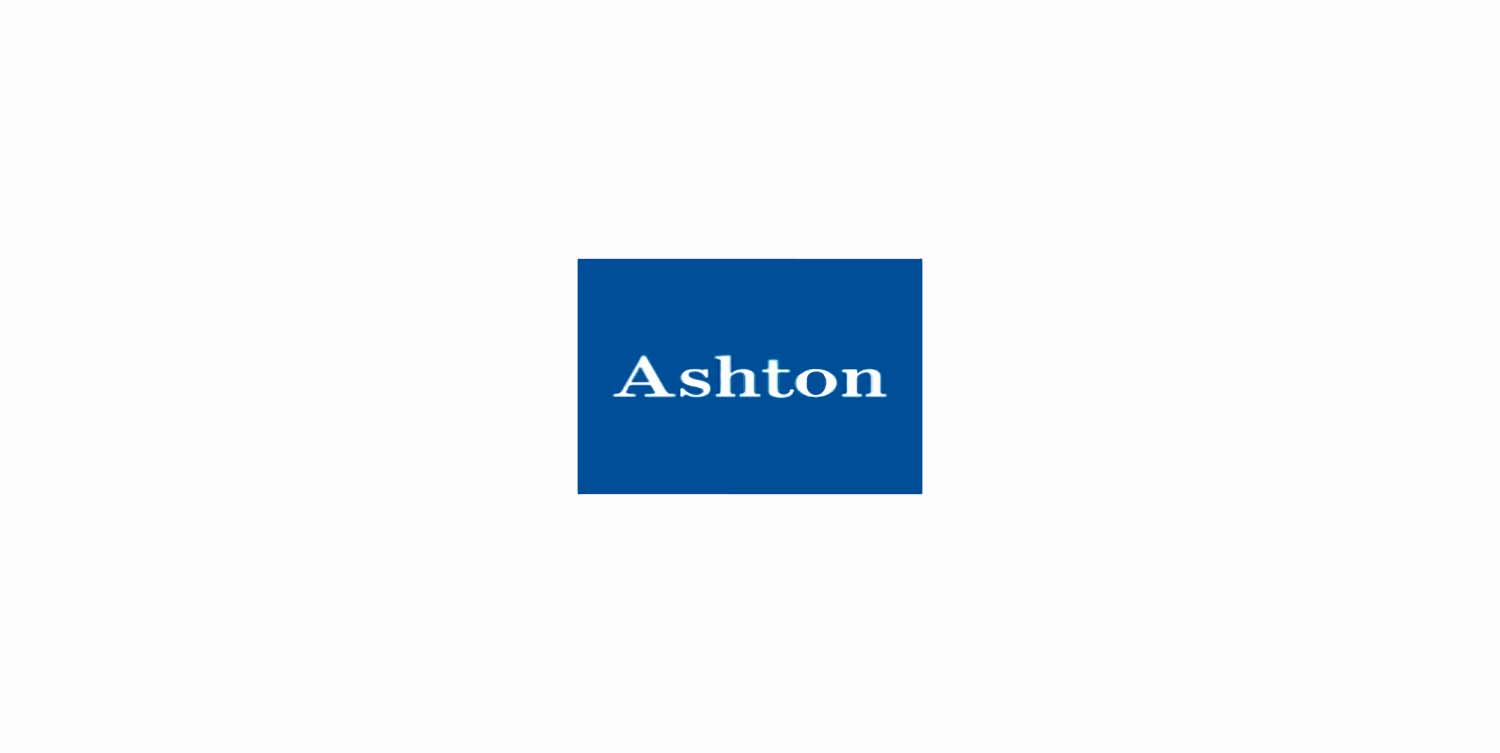Enter your email below to receive weekly updates from the Ashton College blog straight to your inbox.
Dyslexia is a learning disability and the most common cause of reading, writing, and spelling difficulties. In fact, 43 million US adults possess low literary skills. Dyslexia is a disconnect between speech sounds and written letters in the brain. Struggling with the disorder can be frustrating and may cause anxiety and self-esteem issues. For example, affected students may be embarrassed and reluctant to read aloud in class. However, with the right tools, struggling readers can overcome their challenges and be successful. This article will introduce the reader to the Orton Gillingham Approach and how it can be used to overcome dyslexia-related challenges.
The Orton-Gillingham Approach (OG) is widely used to help people with dyslexia overcome their reading and writing-related struggles by teaching connections between sounds and letters. It is highly structured, breaks reading and spelling down into smaller, more manageable skills, and boosts students’ confidence. Therefore, it focuses on the smallest language components, such as words, sounds, and phonemes and is effective at all ages. Since it is considered an approach, not a method, program or system, new research results can be incorporated at any time, allowing OG professionals to stay current while using time-tested knowledge and scientific evidence.
Dr. Samuel T. Orton, a pioneer in studying and understanding dyslexia, and Anna Gillingham, one of his students and educators developed the OG Approach. Today, many reading programs use at least some of the principles introduced by the OG Approach.
The OG Approach first introduced multi-sensory learning to help struggling readers. Evidence shows that learning works best when lessons activate different senses simultaneously, such as sight, hearing, touch, and movement. For example, students may see a letter, say its name, and sound it out while writing it down. Using such an approach, the learned material enters the brain using various pathways, allowing it to be processed and retained more effectively.
OG lessons are well-known for being logical and well-planned to foster long-term, rewarding learning. Their sequence is based on how people naturally develop language, allowing children to connect current knowledge with new learning materials. As each lesson builds upon the previous one, learners can move smoothly and naturally from simple concepts to more complex ideas. After students have mastered a concept, reviewing it is essential to every OG lesson to support learning and long-term retention.
The OG Approach is very explicit and leaves no room for guesswork. It focuses on why words are spelled the way they are. Students learn about the fundamental structure of language, such as sound/symbol relationships and are taught how to convert the spelling of speech sounds into phonograms. The OG approach focuses on the rules, patterns, and generalizations that spell most English words, helping individuals with reading disorders like dyslexia overcome their struggles.
The OG Approach focuses on students' individual learning needs, strengths, and weaknesses, as students with dyslexia often need more help and time than others. An OG specialist or teacher will evaluate the student to assess these individual needs. Students receive maximum attention in a one-on-one or small group setting. This also helps the teacher adjust lessons to the student's learning pace and provides a comfortable environment. Anna Gillingham once said, “Go as fast as you can, but as slow as you must.”
Ashton College offers a course explaining cognitive processes underlying dyslexia, covering the fundamental principles of the OG approach, and discussing current accommodations, research strategies, and tools. Learn more today: https://www.ashtoncollege.ca/programs/dyslexia-and-the-orton-gillingham-approach/
The information contained in this post is considered true and accurate as of the publication date. However, the accuracy of this information may be impacted by changes in circumstances that occur after the time of publication. Ashton College assumes no liability for any error or omissions in the information contained in this post or any other post in our blog.
